Ancient Chinese legend says that tea brewing began 5,000 years ago. An emperor noticed an enticing fragrance wafting from a container of boiled water into which leaves had fallen. The delightful flavor of this brew instigated such a national passion that during the Tang Dynasty of 618 to 907 A.D., white tea was a household staple, purchased in bricks. It was roasted and ground before being added to boiling water.
Japanese monks visiting China carried tea leaves home, inspiring the concept of ceremonial tea and infusing this beverage into Japanese culture. In 18th century England, afternoon tea became a tradition that is carried on to this day.
Today, tea is a symbol of all things refined, embodying renewed energy, a meeting of minds and a sense of well-being in a civilized society. It not only symbolized morality and social status in ancient Chinese cultures, it was — and perhaps still is — the tonic for every ill.
The white-flowered evergreen where tea leaves come from is grown in about 50 countries, with China, India, Kenya and Sri Lanka at the top of the list, according to a report from the Food and Agricultural Organization by the United Nations. The process the tea leaves undergo determines the distinctive color and flavor of four main types: green, black, oolong and white.
Standard tea leaves are “plucked” and begin to oxidize and ferment; green tea leaves are steamed, and then roasted, baked or pan-fried almost immediately to prevent fermentation, resulting in a paler shade. Japanese matcha, the most nutrient-rich green tea, is steamed and dried before being stone-ground to a powder, giving it a smooth, palate-pleasing taste.
Health Benefits of Green Tea
Green tea is an excellent source of antioxidants and alkaloids, and is packed with vitamin C, manganese and other beneficial minerals such as zinc, cadmium and copper. Fresh tea leaves are remarkably plentiful in powerful free radical-zapping antioxidants called polyphenols (essentially a series of chemicals called catechins) that may constitute up to 30% of the dry leaf weight, so each cup is actually a tincture of life-giving tea polyphenols.
Researchers noted that epigallocatechin gallate (EGCG) is the most powerful catechin found in green tea, supplying 187 milligrams per 240-milliliter serving. In one study, presented during the American Chemical Society meeting, scientists asserted EGCG to be 25 to 100 times more potent than vitamins C and E.
Another study reported that one cup offered antioxidant effects greater than a serving of broccoli, spinach, carrots or strawberries. Check out this infographic to learn what other benefits green tea can offer you.
Make sure you know exactly where your green tea is from, because it could contain high levels of fluoride, lead and aluminum.
Studies Done on Green Tea
Dubbed a “cup of health,” green tea is used for gaining mental clarity and helping reduce the risk of illnesses like diabetes, stroke, heart disease and cancer.
In a study that examined the effects of green tea or green tea components on the prevention and progression of ovarian cancer cells, scientists found “significant associations” between green tea consumption and decreased incidents of ovarian cancer, as well as more positive prognoses due to green tea’s potential to generate the effects of cisplatin, a chemotherapeutic agent. Another study reported its potential to protect against breast cancer.
Scientists reported that the known chemopreventive and chemotherapeutic properties in green tea prompt further investigation, due to the evidence of possible preventive “biological effects of tea polyphenols” on human cancer cells.
One interesting study showed a notable link between green tea consumption and an improvement in bladder dysfunction due to hormone deficiency in post-menopausal women. The research attributed this to the catechin content, with its strong anti-inflammatory and antioxidant properties.
Green Tea Healthy Recipes:
Healthy Matcha Green Tea Frappuccino
| Ingredients: | ||
| 1 ½ cups ice cubes | 1 cup coconut milk | 1/2 teaspoon vanilla extract |
| 2 tablespoons raw honey | 1 tablespoon matcha green tea powder | Whipped cream for serving (optional) |
Procedure:
- Add the ice cubes, coconut milk, vanilla, honey and matcha powder to your blender.
- Pulse until the mixture is smooth and creamy.
- Pour into a glass and add whipped cream on top, if desired. Enjoy!
(Recipe adapted from The Busy Baker)
Green Tea Fun Facts
Taxation started the first English tea war in 1689. In fact, the preposterous tea duties were so high that they almost ground sales to a halt. Tax on the tea leaf was eventually lowered enough in 1692 so that everyone could afford it, but it wasn’t until 1964 that they were finally abolished.
Summary
Miniature tea sets owned by children for thousands of years only scratch the surface of the full impact this crushed-leaf concoction represents to the world. This beverage has been linked to major historical protests, such as the Boston Tea Party of 1773, and has been a target of international sabotage, such as when Scottish botanist Robert Fortune was commissioned to steal it from China in the 1800’s. However, when it comes to utilizing green tea as a health remedy, Asian cultures have it right.
Modern medicine has confirmed green tea’s potential as a treatment against heart and kidney disease, osteoporosis, stroke, hypertension, cancer (specifically ovarian, prostate, brain, lung, colorectal and bladder cancers) and diabetes, among many other conditions. No wonder the Chinese proverb says drinking a cup daily would starve the apothecary.

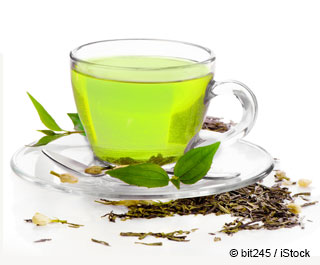

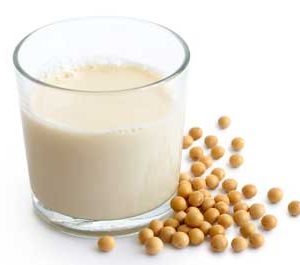
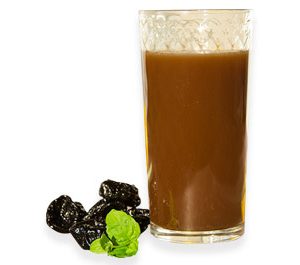
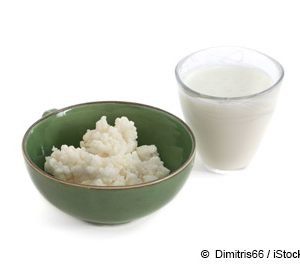
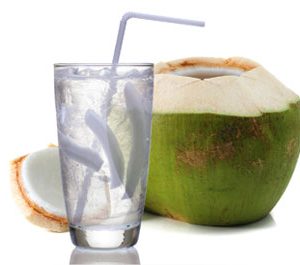
Reviews
There are no reviews yet.